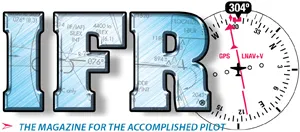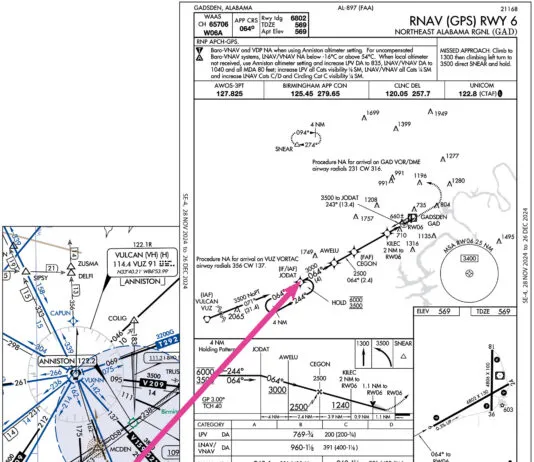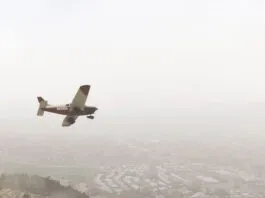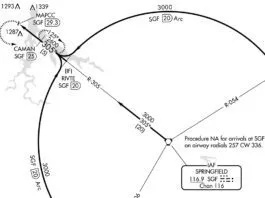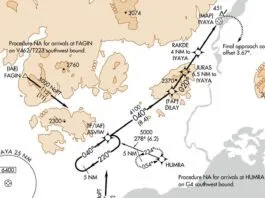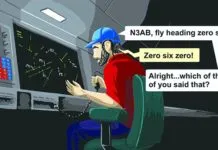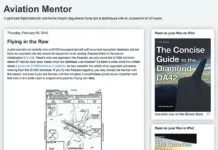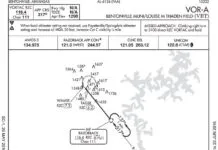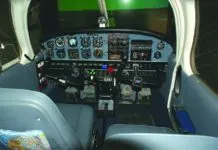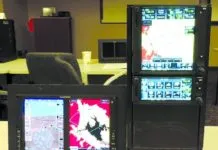Radio Readback Could Save Your Life
On any given day, per National Air Traffic Controllers Association statistics, theres an average of 87,000 flights over the U.S. Dozens of these pilots may be on the same ATC frequency. They could be dodging weather, descending into complex terminal airspace, or conducting military operations. Perhaps theyre just out for a sightseeing flight or training. As they fly, theyre checking in, replying to instructions, taking frequency changes, and making requests.
Using Standard Operating Procedures in General Aviation
Some users of the National Airspace System live by Standard Operating Procedures (SOPs), and some do not. This is arguably the most significant difference between air carriers and general aviation when it comes to training, testing, and cockpit cultures. This is also, by some measures, a factor in accounting for the differences in accident rates. General aviation, particularly the single-pilot, personal-flying kind, relies not on the use of SOPs, but basic personal minimums for aeronautical decision making.
Reading the Sky
A cloud is the visible manifestation of liquid water droplets or ice. It forms when humid air cools sufficiently for water vapor to saturate and produce condensation-the dewpoint temperature. On a dry summer day in California, this temperature might be 20 degrees F, and the weather remains clear. On more humid summer days in California, the cloud formation temperature might be 50 degrees, producing morning clouds along mountain peaks. When air is chilled to the dewpoint, the humidity becomes 100 percent and from the texts we expect saturation to occur. But in real life this doesnt always happen. If a given volume of air doesnt contain condensation nuclei-microscopic bits of dust, pollen, etc.-the relative humidity may exceed 100 percent without producing clouds. But for the most part, this relationship between temperature and dewpoint is correct.
The Medical Reform Bill, ADS-B Rebates and Hybrid-Electric Planes
After a long struggle and many failed attempts by general-aviation advocacy groups, new federal legislation was passed this summer that mandates changes in the way private pilots are medically certified. The B-29 Doc took to the air in July for the first time in 60 years, following thousands of hours of restoration work by scores of dedicated volunteers. With a deadline of 2020 looming for the owners of more than 100,000 general-aviation aircraft to install ADS-B capabilities, the industry and regulators are creating incentives to encourage owners to upgrade sooner rather than later. On July 4, Siemens completed the first public flight of its hybrid-electric motor installed in an Extra 330LE aerobatic airplane, from an airfield near Dinslaken, Germany.
Small World
Aviation is a small world; there are a limited number of topics on which one can write. Additionally, journalism is a specific enough trade that when you combine it with aviation, you have a very small world indeed. Thus, its inevitable that there occur certain overlaps and (gasp!) even certain duplications. Granted, this one innocently went too far, but just how many unique articles can be written about a single, odd approach without covering the same ground?
Readback August 2016
Certainly following the airways and the MEAs, and then descending over an initial approach fix or hold would be best. I was just thinking of a case when we werent on an airway, like between Keflavik, Iceland (BIKF) and Narsarsuaq, Greenland (BGBW). We wanted to make sure we were above the OROCA and MSAs for that area when we were descending. I guess we could have stayed at our filed FL170 until over the hold, but given that the airport is at sea level we wanted to start a prudently safe descent beforehand.
Aircraft Cockpit Proficiency
In the age of satellite navigation, electronic instrumentation and multi-function displays with moving maps, each aircraft is different. Just because you can fly an Avidyne Integra-equipped Cirrus doesnt mean you can jump into a Perspective (a.k.a. Garmin G1000) Cirrus. Or, for that matter, even an old steam-gauge Piper. Now we need proficiency not just on an instrument scan and IFR procedures, but on the installed devices as well.
Flight Traffic Displays
Marginally effective, see-and-avoid is based on the big sky theory; the sky is big and airplanes are small so the chances of running into each other are minimal. Our vision limitations in an airplane combined with massive blind spots foreshadow disaster. In 2014, pilots reported 163 near mid-air collisions. Most involved GA. Who knows how many occurred without either pilot realizing?
CFIT on Departure
Pilot responsibilities differ from a controllers. The regs state, the pilot in command of an aircraft is directly responsible for, and is the final authority as to, the operation of that aircraft. This authority and responsibility is granted with the intention that its used to ensure safety-a pilots primary obligation. Yet, pilots keep having controlled flight into terrain (CFIT) accidents, often with fatalities. Its the second leading cause of commercial aviation fatalities worldwide. NTSB Board Member Robert Sumwalt described CFIT as the problem that never went away. CFIT frequently occurs at night or in IMC.
Missed Approaches
Climbing to hold over an airport to wait for better weather or traffic is nearly always referenced against a VOR that is located on or very close to the airport, so you really cant get lost. Plus, theres at least one runway right below in case of any issues that might develop. Whats more, obstacle clearance is straightforward-poles, towers and trees are only so tall and you dont have to worry about encountering significant terrain rising up from the airport itself.
Learn That New Glass
While an integrated system like the G1000 incorporates communication, navigation, engine information, an MFD and PFD, no such certified integrated system is commonly available for retrofit. So, one must look upon retrofit glass as containing at least two components-the navigator and the PFD. Most, however, also incorporate an MFD, making three separate devices you must learn.
Dreaded Ramp Check
You will be required to produce your pilots certificate and medical certificate for the FAA inspector. The inspector will also ask to see evidence of your most recent flight review or equivalent (an FAA checkride, for example). Dont worry if you dont have proof of a flight review; its not required to be in your possession. You might score a point by offering to send a copy to the inspectors office, but be prepared to do so.
